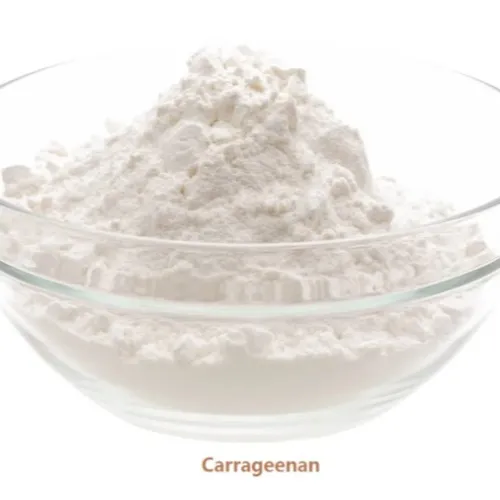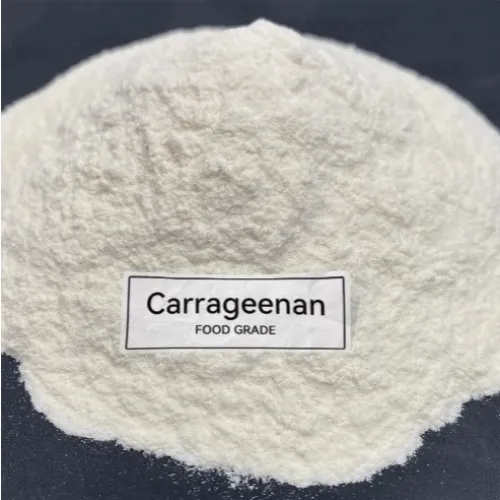Warning: Undefined array key "file" in /home/www/wwwroot/HTML/www.exportstart.com/wp-content/themes/1198/header.php on line 7
Warning: Undefined array key "title" in /home/www/wwwroot/HTML/www.exportstart.com/wp-content/themes/1198/header.php on line 7
Warning: Undefined array key "title" in /home/www/wwwroot/HTML/www.exportstart.com/wp-content/themes/1198/header.php on line 7
- ʻApelika
- Alapania
- Amahapika
- Apapika
- Ameniana
- Azerbaijani
- Pōkē
- ʻŌlelo Belarusa
- Penekali
- Ponia
- Pukalia
- ʻŌlelo Katalonia
- Cebuano
- Kina
- Kina (Taiwan)
- ʻŌlelo Kokia
- Koalia
- Keka
- Kenemaka
- Hōlani
- Pelekania
- ʻŌlelo Esperanto
- Ekekonia
- Pinilana
- Palani
- Frisian
- Kalikia
- Keokia
- Alemania
- Helene
- Kuhalaki
- ʻŌlelo Haiki
- Hauka
- ʻŌlelo Hawaiʻi
- Hepela
- ʻAʻole
- Miao
- Hunakalia
- ʻĀinahau
- igbo
- ʻInikonia
- Ipelana
- Ikalia
- Kepanī
- Kawanī
- Kanākā
- ʻŌlelo Kazaka
- Khmer
- Rwandan
- Kolea
- ʻŌlelo Kurdish
- ʻŌlelo Kyrgyz
- TB
- ʻŌlelo Lākni
- Lakiwiana
- ʻŌlelo Lituania
- ʻŌlelo Lukemapuka
- Makekoni
- Malgashi
- Mālei
- Mālealama
- Malkī
- ʻŌlelo Māori
- Malapi
- ʻŌlelo Monokolia
- Maianamara
- Nepali
- Nolewai
- Nolewai
- ʻOkitana
- ʻŌlelo Pashto
- Pelekia
- Pōlani
- Pukikī
- ʻŌlelo Punajabi
- Lomānia
- Lukia
- Sāmoa
- Gaelika Sekotia
- ʻŌlelo Serbia
- Pelekania
- Shona
- Kiniki
- Sinhala
- Kolowakia
- Kolewenia
- ʻŌlelo Somalia
- Kepania
- ʻōlelo Sunda
- Kawahili
- Kuekene
- Kakalo
- Tajika
- Kamili
- Tatar
- Keluku
- Kailani
- Tureke
- ʻŌlelo Kuleke
- Ukrainian
- Urdu
- Uighur
- ʻUzbek
- Vietnamese
- Welsh
- Kokua
- Yiddish
- Yoruba
- Zulu
Carrageenan
Carrageenan is a natural hydrocolloid extracted from various species of red seaweed, also known as marine algae. It is a linear sulfated polysaccharide composed of repeating galactose units and 3,6-anhydrogalactose, which are linked by alternating alpha-1,3 and beta-1,4 glycosidic linkages. The specific structure and properties of carrageenan vary depending on the seaweed species and environmental factors.
Carrageenan is renowned for its ability to form gels, making it a valuable ingredient in various industries, especially the food industry. It is commonly used as a gelling, thickening, and stabilizing agent in a wide range of food products, including desserts, dairy products, processed meats, and sauces. The different types of carrageenans, such as kappa, iota, and lambda, offer varying gel textures and functionalities, allowing for versatile applications in food formulations.
Hōʻike huahana
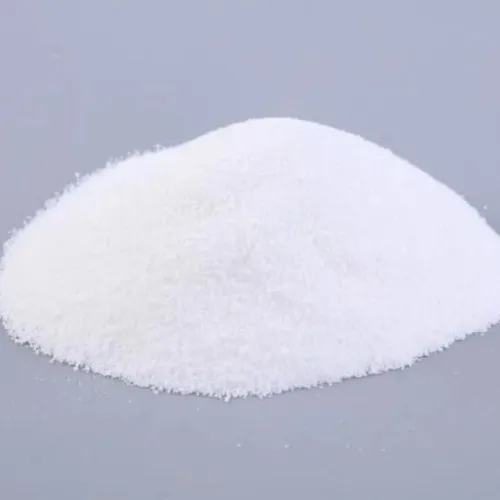
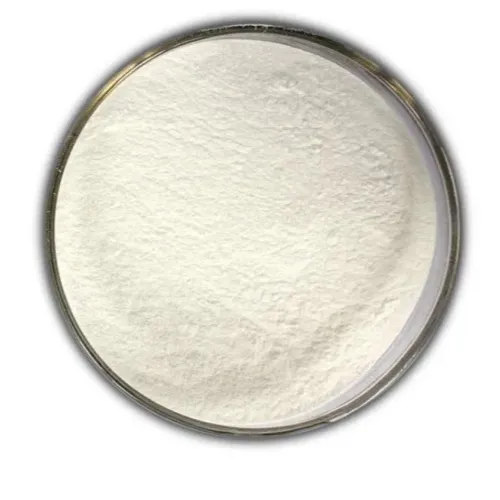
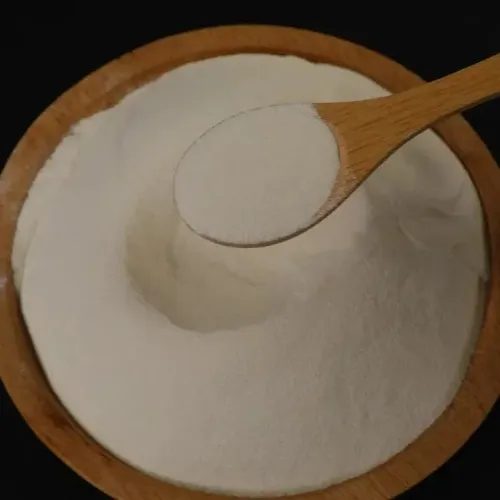
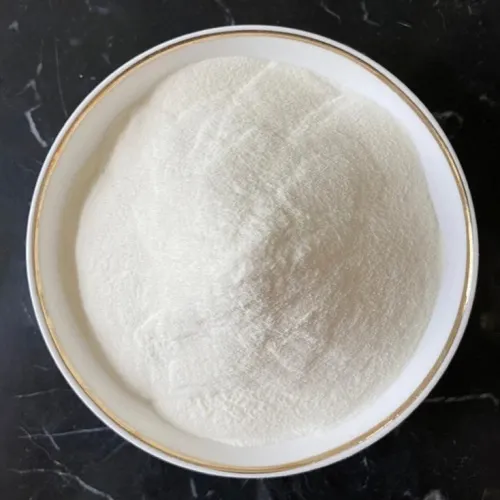
Carrageenan is a extract of hydrocolloid red seaweeed, with functions of gel, suspension, emulsion, thickener, stability, hold water. It used for food industry such as cheese, ice-cream, yaourt, butter, sausage, jelly, candy,meat products, aquatic products and so on. Carrageenan also has important functions for pharmaceutical, daily chemical, biological engineering.
Carrageenan is widely used in Dairy, Jelly, soft candies, meat products, beverage, capsule... etc.
ʻOihana meaʻai:
Desserts: Used as a gelling agent in desserts such as puddings, mousses, and gelatin-free gummy candies.
Dairy Products: Acts as a thickener and stabilizer in dairy products like ice cream, yogurt, chocolate milk, and cream.
Processed Meats: Used to improve the texture, moisture retention, and shelf life of processed meats, including sausages and deli meats.
Sauces and Dressings: Functions as a stabilizer to prevent ingredient separation and maintain consistency in sauces, dressings, and gravies.
Plant-Based Alternatives: In plant-based products like almond milk or coconut milk, carrageenan is used to achieve a desirable texture and prevent ingredient settling.
Loaʻa iā mākou nā hale hana kiʻekiʻe me ka pilina hohonu, hiki iā ia ke hāʻawi iā ʻoe i nā huahana kiʻekiʻe a me nā kumukūʻai hoʻokūkū. A hiki iā mākou ke hāʻawi i nā uku no nā kūʻai nui. A ke hui pū nei mākou me nā ʻoihana lawe ukana ʻoihana he nui, hiki ke hāʻawi i nā huahana me ka palekana a me ka maʻalahi i kou mau lima. ʻO ka manawa hoʻouna ma kahi o 3-20 mau lā ma hope o ka hōʻoia ʻana o ka uku.
| Test Items | Hōʻike | Test Result |
| Ka nana aku | Yellowish to white flowing powder | Hoʻokō |
| ʻala | Characteristic | Hoʻokō |
| Gel Strength (g/cm2) | 500-1500 | |
| Particle size | 80 mesh | Hoʻokō |
| Loss and drying | ≤22% | Hoʻokō |
| Acid-insoluble ash | ≤0.5% | Hoʻokō |
| Insoluble matter | <1.0 | Hoʻokō |
| Heavy metals | <10ppm | Hoʻokō |
| Arsenic( As) | <2ppm | Hoʻokō |
| Lead (Pb) | <2ppm | Hoʻokō |
| Cadmium( Cd) | <1ppm | Hoʻokō |
| Mercury( Hg) | <1ppm | Hoʻokō |
| Escherichia coli | ʻinoʻino | ʻinoʻino |
| Salmonella | ʻinoʻino | ʻinoʻino |
| Ka hopena | Qualified With Enterprise Standard | |
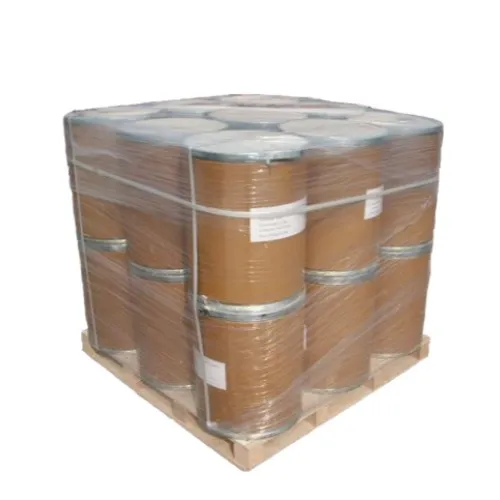
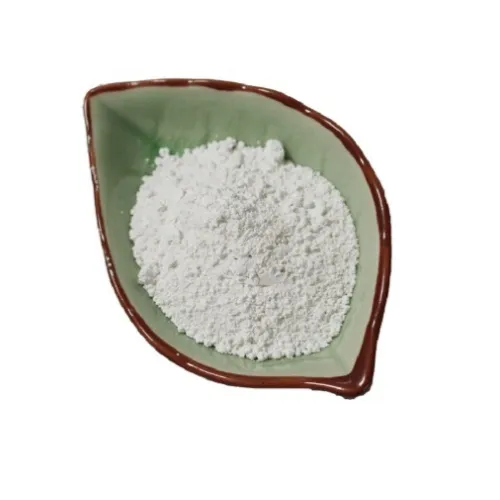
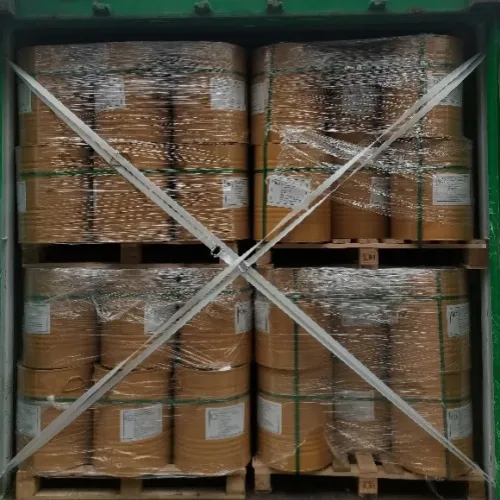
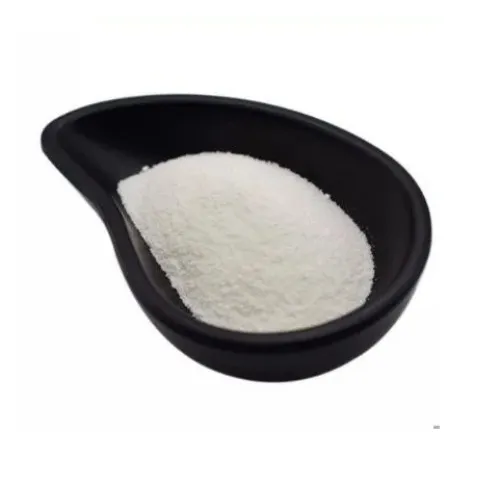
Carrageenan (Carrageenan) is a kind of hydrophilic colloid, also known as kirin gum, cauliflower, antler gel, gelatin, because carrageenan from kirin, cauliflower, antler red algae action of hydrohydrophilic colloid, its chemical structure is composed of galactose and dehydrated galactose polysaccharide sulfate of calcium, potassium, sodium, ammonium salt. Due to the different sulfate ester binding morphology, it can be divided into type K (Kappa), type I (Iota), and type L (Lambda). Widely used in the manufacture of jelly, ice cream, cakes, jelly, canned, meat products, treasure porridge, tremella bird's nest, soup food, cold food and so on.Carrageenan (Carrageenan) is a kind of hydrophilic colloid, also known as kirin gum, cauliflower, antler gel, gelatin, because carrageenan from kirin, cauliflower, antler red algae action of hydrohydrophilic colloid, its chemical structure is composed of galactose and dehydrated galactose polysaccharide sulfate of calcium, potassium, sodium, ammonium salt. Due to the different sulfate ester binding morphology, it can be divided into type K (Kappa), type I (Iota), and type L (Lambda). Widely used in the manufacture of jelly, ice cream, cakes, jelly, canned, meat products, treasure porridge, tremella bird's nest, soup food, cold food and so on.
APPLICATION:
- Application in jelly
As a good coagulant, carrageenan can replace the usual agar, gelatin and pectin. The jelly made with agar is not elastic enough and the price is high; the disadvantage of using gelatin is that it has low solidification and melting points, and requires low-temperature refrigeration for preparation and storage; the disadvantage of using pectin is that it requires the addition of highly soluble sugar and adjustment Appropriate pH value for coagulation. Carrageenan does not have these shortcomings. The jelly made with carrageenan is elastic and has no water-leaving property. Therefore, it has become a commonly used gelling agent for jelly.
2. Application in soft candies
Transparent fruit gummies made of carrageenan have been produced in my country for a long time. They have a rich fruit aroma, moderate sweetness, are refreshing and non-sticky to the teeth, and have better transparency than agar-agar and a lower price than agar-agar. They can be added to ordinary hard candies and soft candies. It can make the product taste smoother, more elastic, less sticky and more stable.
3. Application in ice cream
In the production of ice cream , carrageenan can evenly distribute fat and other solid components, prevent the separation of milk components and the increase of ice crystals during production and storage. It can make the texture of ice cream and ice cream delicate, smooth and delicious. In the production of ice cream, carrageenan can interact with cations in milk to produce unique gelling properties, which can increase the molding and melting resistance of ice cream, improve the stability of ice cream when temperature fluctuates, and make it less likely to melt when placed. .
In ice cream production, although carrageenan is not suitable as the main stabilizer, it can be used as a good auxiliary stabilizer to prevent whey separation at very low concentrations. Because although carrageenan will increase the viscosity of the system, it cannot contain enough colloids to stabilize the system. Locust bean gum, guar gum, and carboxymethylcellulose are good primary stabilizers either alone or in combination, however they have the same disadvantage of causing whey separation in ice cream mixes. Therefore, adding carrageenan can inhibit the occurrence of this phenomenon.
Māhele huahana
-
 Apr . 27, 2025Zibo will host the 2025 International Chemical ExpoZibo, a city known for its thriving chemical industry, will host the 2025 Zibo International Chemical Expo from May 16 to May 18, 2025. This highly anticipated event aims to bring together industry leaders, innovators and stakeholders from around the world to explore the latest advancements and trends in the chemical industry.
Apr . 27, 2025Zibo will host the 2025 International Chemical ExpoZibo, a city known for its thriving chemical industry, will host the 2025 Zibo International Chemical Expo from May 16 to May 18, 2025. This highly anticipated event aims to bring together industry leaders, innovators and stakeholders from around the world to explore the latest advancements and trends in the chemical industry. -
 Apr . 22, 20252025 Yokohama Cosmetics Raw Materials and Technology ExhibitionYOKOHAMA, Japan – The City of Yokohama is preparing to host the much-anticipated Cosmetics Ingredients & Technologies 2025 from May 14 to May 16, 2025. The premier event is expected to attract industry professionals, innovators and enthusiasts from around the world to showcase the latest advancements in cosmetic ingredients and technologies.
Apr . 22, 20252025 Yokohama Cosmetics Raw Materials and Technology ExhibitionYOKOHAMA, Japan – The City of Yokohama is preparing to host the much-anticipated Cosmetics Ingredients & Technologies 2025 from May 14 to May 16, 2025. The premier event is expected to attract industry professionals, innovators and enthusiasts from around the world to showcase the latest advancements in cosmetic ingredients and technologies. -
 Apr . 18, 20252025 India Mumbai Fine Chemicals ExhibitionMUMBAI, India – The bustling metropolis of Mumbai is gearing up to host the much-anticipated Fine Chemicals Expo on April 29-30, 2025. The premier event is expected to attract industry leaders, innovators and stakeholders from across the world to showcase the latest advancements in the fine chemicals sector.
Apr . 18, 20252025 India Mumbai Fine Chemicals ExhibitionMUMBAI, India – The bustling metropolis of Mumbai is gearing up to host the much-anticipated Fine Chemicals Expo on April 29-30, 2025. The premier event is expected to attract industry leaders, innovators and stakeholders from across the world to showcase the latest advancements in the fine chemicals sector.



